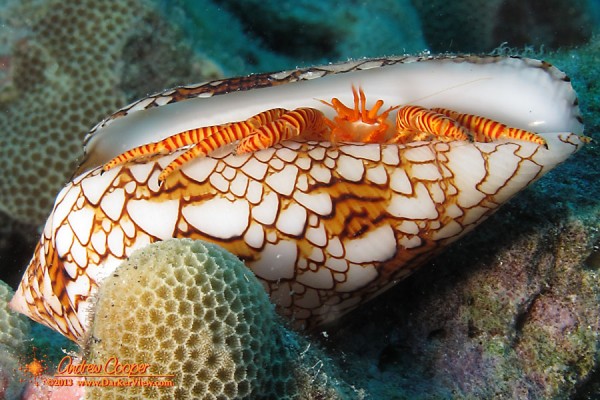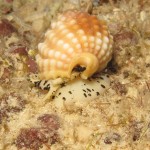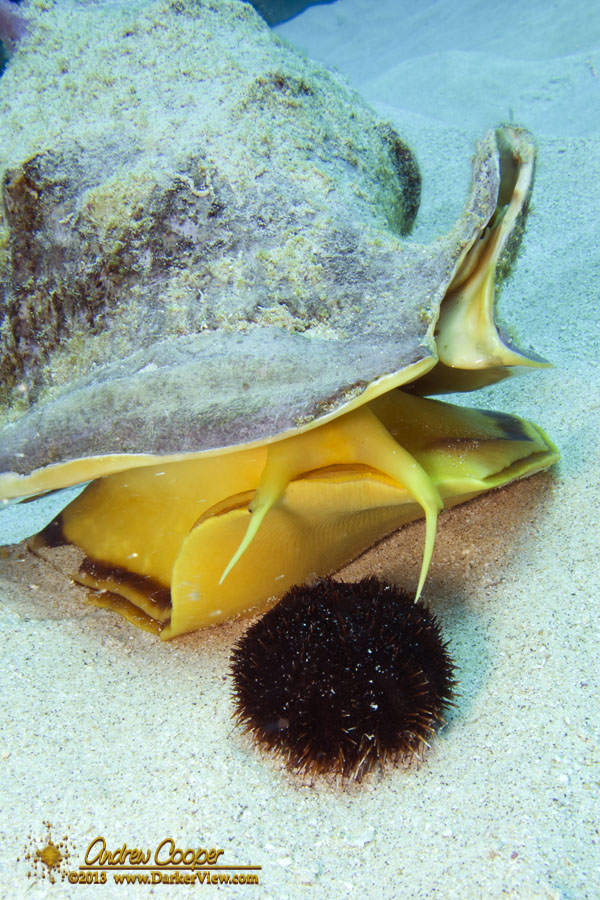A wet winter and spring has brought changes to the Waikoloa area… Green pastures and hills around the village, an enormous crop of weeds in the yard, uncountable cockroaches and gnats, and these guys… Giant African snails.
They are everywhere I look in the yard, in the corners and under any debris. They get caught out by the sun to roast on the driveway, or crunch beneath vehicle tires. The compost pile is snail city, with dozens visible and more underneath the detritus. They get big too, the specimen photographed below was nearly six inches long when crawling along.
I understand that folks in some parts of the world eat these guys. I jokingly brought a handful to my wife one day and let her know I had dinner planned. She did not think the idea was a good dining choice. I have to agree with her, I am not really tempted.





